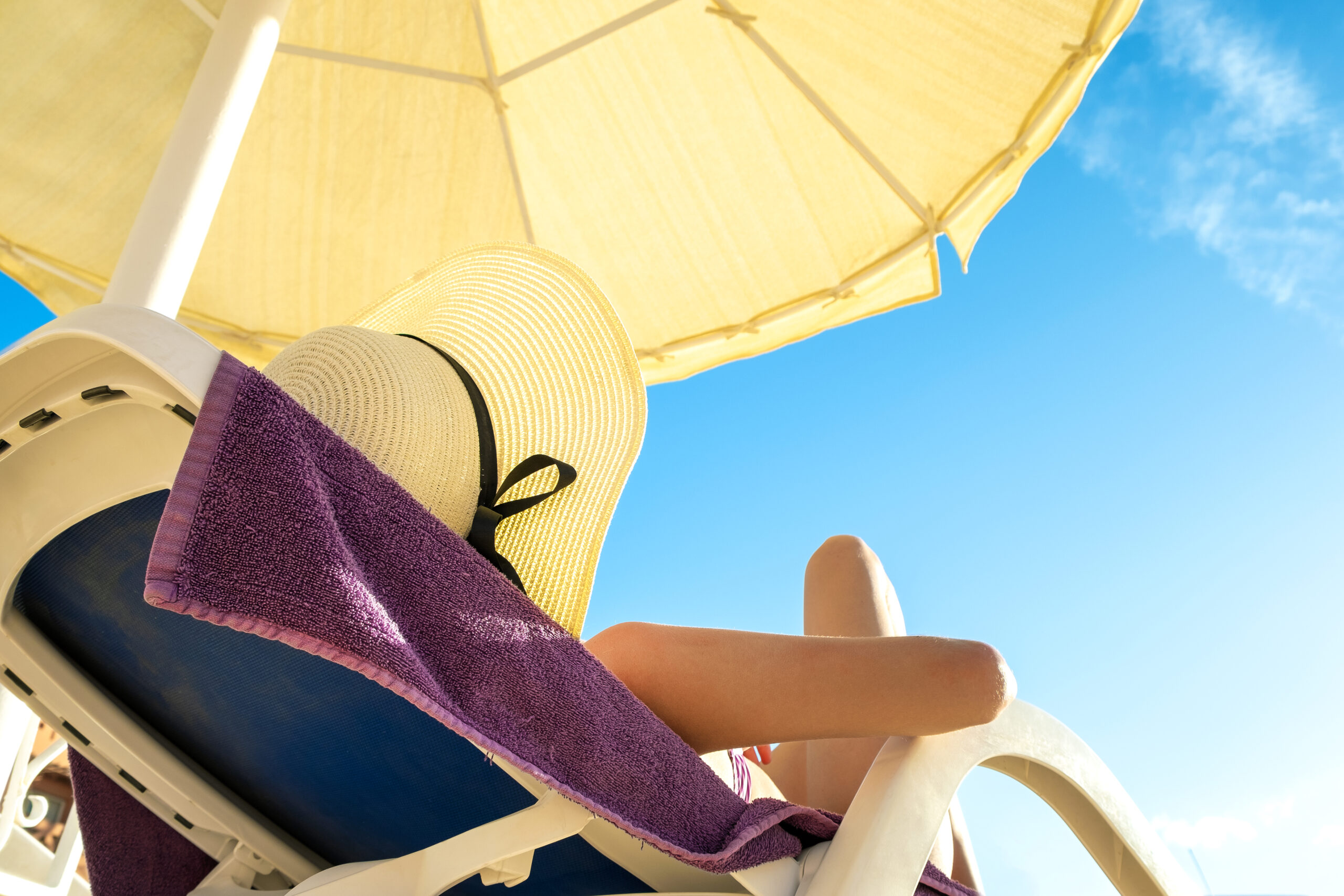How To Protect Yourself from Harmful UV Rays
Posted in Consumer Protection, Health & Wellness on July 10, 2024

Why UV Safety Matters
Did you know that a single severe sunburn in childhood can double your chances of developing melanoma later in life? Since July is UV Safety Awareness Month, it’s a good time to remind ourselves of the dangers of UV radiation as we enjoy the warmer days outside.
Understanding UV Radiation
According to the CDC, ultraviolet (UV) radiation is a form of non-ionizing radiation emitted by the sun and artificial sources such as tanning beds and welding torches. The American Cancer Society highlights that while UV rays help produce vitamin D, overexposure can lead to sunburn, premature aging, and skin cancer. It’s safer and more reliable to obtain this essential nutrient from dietary sources or supplements.
Limiting UV Exposure
Remember these tips to protect your skin from UV rays:
- Seek Shade: Stay in shaded areas, especially from 10 AM to 4 PM when UV rays are strongest.
- Wear Protective Clothing: Use long-sleeved shirts and long pants to cover your skin.
- Hats and Sunglasses: Wear wide-brimmed hats to protect your head, face, and neck, and use sunglasses that block UV rays to safeguard your eyes and surrounding skin.
- Sunscreen: Apply sunscreen with an SPF of 15 or higher, providing UVA and UVB protection to any exposed skin.
Factors Affecting UV Exposure
Remember that several factors influence the strength of UV rays reaching the ground, including:
- Time of Day: UV rays are strongest between 10 AM and 4 PM.
- Season: UV rays are more intense during spring and summer.
- Latitude: UV exposure decreases as you move farther from the equator.
- Altitude: Higher elevations receive more UV rays.
- Cloud Cover: UV rays can penetrate through clouds.
- Reflection: UV rays can reflect off surfaces like water, sand, snow, and pavement.
- Air Quality: Ozone in the upper atmosphere filters out some UV radiation.
Tips to Protect Yourself and Your Children
Remember these tips when spending time in the sun:
- Stay in the shade, especially during midday hours.
- Wear protective clothing to cover your arms and legs.
- Use hats and sunglasses to protect your head, face, neck, and eyes.
- Apply sunscreen with SPF 15 or higher, ensuring it provides UVA and UVB protection.
Taking extra precautions with children is important, as they spend more time outdoors. Parents should ensure their children are covered appropriately and apply sunscreen regularly. Babies younger than six months should be kept out of direct sunlight and protected with hats and clothing.
Health Issues Related to UV Radiation
Excessive UV exposure can lead to several health problems:
- Skin Cancer: Most skin cancers are caused by UV radiation.
- Sunburn and Premature Aging: UV rays can cause sunburn and lead to wrinkles and other signs of aging.
- Eye Damage: UV exposure can cause cataracts and other eye conditions.
- Weakened Immune System: UV rays can weaken the immune system, making fighting infections harder.
Stay safe and enjoy the summer sun responsibly this UV Safety Awareness Month!